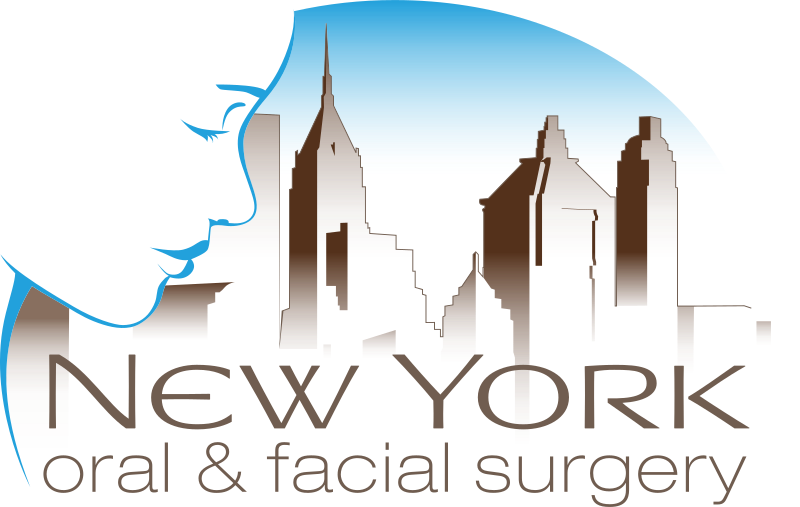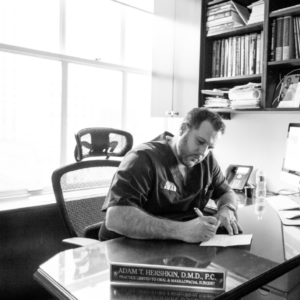Preserving Your Jaw Bone after Extraction
Removal of teeth is sometimes necessary because of pain, infection, bone loss, or due to a fracture in the tooth. The bone that holds the tooth in place (the socket) is often damaged by disease and/or infection, resulting in a deformity of the jaw after the tooth is extracted. In addition, when teeth are extracted the surrounding bone and gums can shrink and recede very quickly, resulting in unsightly defects and a collapse of the lips and cheeks.
These jaw defects can create major problems in performing restorative dentistry whether your treatment involves dental implants, bridges, or dentures. Jaw deformities from tooth removal can be prevented and repaired by a procedure called socket preservation. Socket preservation can greatly improve your smile’s appearance and increase your chances for successful dental implants.
Several techniques can be used to preserve the bone and minimize bone loss after an extraction. In one common method, the tooth is removed and the socket is filled with bone or bone substitute. It is then covered with gum, artificial membrane, or tissue, which encourages your body’s natural ability to repair the socket. With this method, the socket heals, eliminating shrinkage and collapse of the surrounding gum and facial tissues. The newly formed bone in the socket also provides a foundation for an implant to replace the tooth. If your dentist has recommended tooth removal, be sure to ask if socket preservation is necessary. This is particularly important if you are planning on replacing the front teeth.

How Do You Prepare for Socket Preservation?
Socket preservation can be performed either awake or asleep depending on the extent of the planned surgery as well as patient preference. If you are having IV anesthesia the patient must fast (no food/drink/water) for 6 hours prior to surgery. After the surgery you will eat softer foods for a period of time so stocking your kitchen with soft foods such as soups, pudding, yogurt, eggs, fish, soft pasta and of course ice cream is advisable.
Why Are Socket Preservation treatments performed?
Socket preservation is performed to preserve the native bone structure in an area of an extracted tooth, usually prior to placement of a dental implant to replace the missing tooth.
What Can You Expect During Socket Preservation Treatments?
The extraction socket is cleaned of damaged bone and soft tissue in preparation for placement of bone graft material and sometimes a membrane to protect the graft while it heals.
What is The Follow Up Like for Socket Preservation treatments?
Depending upon the size of the defect that requires reconstruction, this surgery usually causes only mild to moderate postoperative pain and swelling. In most cases chewing in the area of the bone graft will be altered for a period of time postoperatively to ensure proper healing. Normal yet careful oral hygiene should be maintained, especially on the teeth adjacent to the surgical site.
Followup at one week postop is common. Depending on the extent of grafting performed, final healing is usually complete at 3-6 months, at which time a CT scan will be taken to evaluate the healing and the new volume of bone.
What Are The Potential Risks for Socket Preservation Treatments?
General surgical risks are pain, infection, swelling and bleeding. With bone grafting there is also the risk of the graft failing to be converted into living bone, either partially or completely.


